„Ethiopia is the birthplace of coffee“. That’s what you will hear at least once a day when travelling through the coffee regions of Ethiopia. And it’s true, Ethiopia is where the arabica coffee tree originates and where it still grows wild. It is also the country with the highest number of arabica varieties in the world.
Even though today, only around 5 percent of the coffee harvested in the country is from truly wild coffee forests. Most of the coffee production in the Limmu region, where our coffee comes from, is so-called „semi wild“ coffee. This means that the coffee forests are managed by the farmers. The coffee in these forests grows wild but it’s also supplemented by shrubs transplanted from a nursery. The smaller coffee trees flourish under a canopy of big shade trees – from far and above it looks like a natural rainforest. But some of the canopy trees are cut by the farmers to let some sun though.
Managing the forest helps to increase productivity. And that’s very important for the farmers who make their living from coffee. But it’s also slowly deminishing the number of arabica varieties in Ethiopia – and by that influencing the coffee’s taste. „The government programm to increase productivity is clearly necessary to improve the situation of the farmers – but at the same time it is harmful for the natural complexity of the Ethiopian coffee“, explains our roaster Philippe.
In Limmu, the Jimma Agricultural Research Center and the Institute of Biodiversity are trying to overcome this conflict of objectives. Together they are conserving more than tenthousand different plants of coffee.
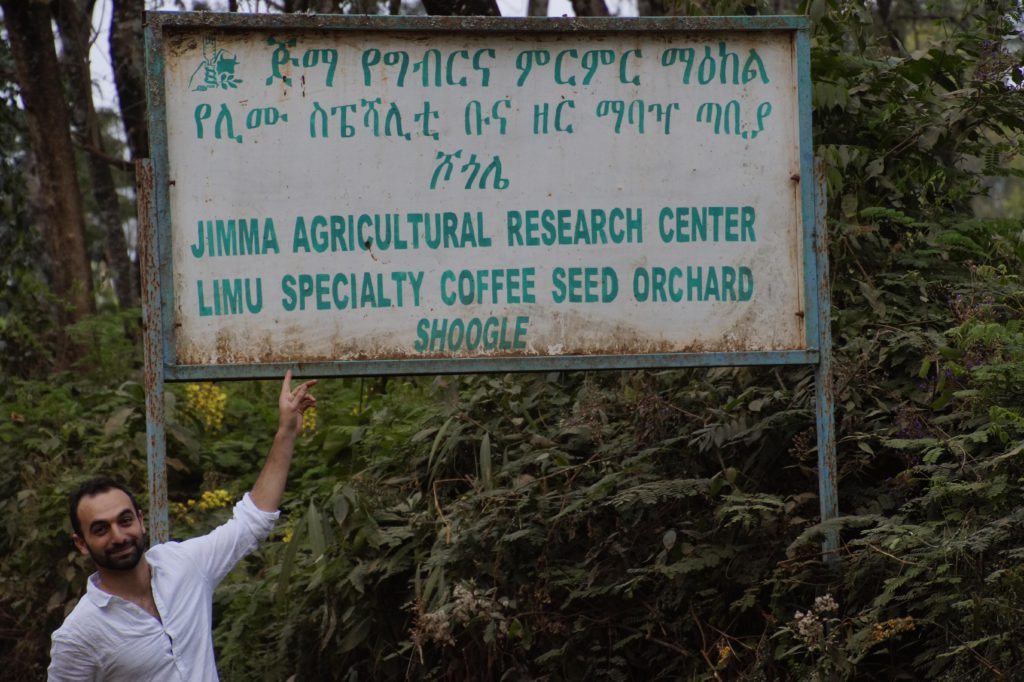
And just to show you the difference: This is a picture of a coffee plantation in Hawaii.
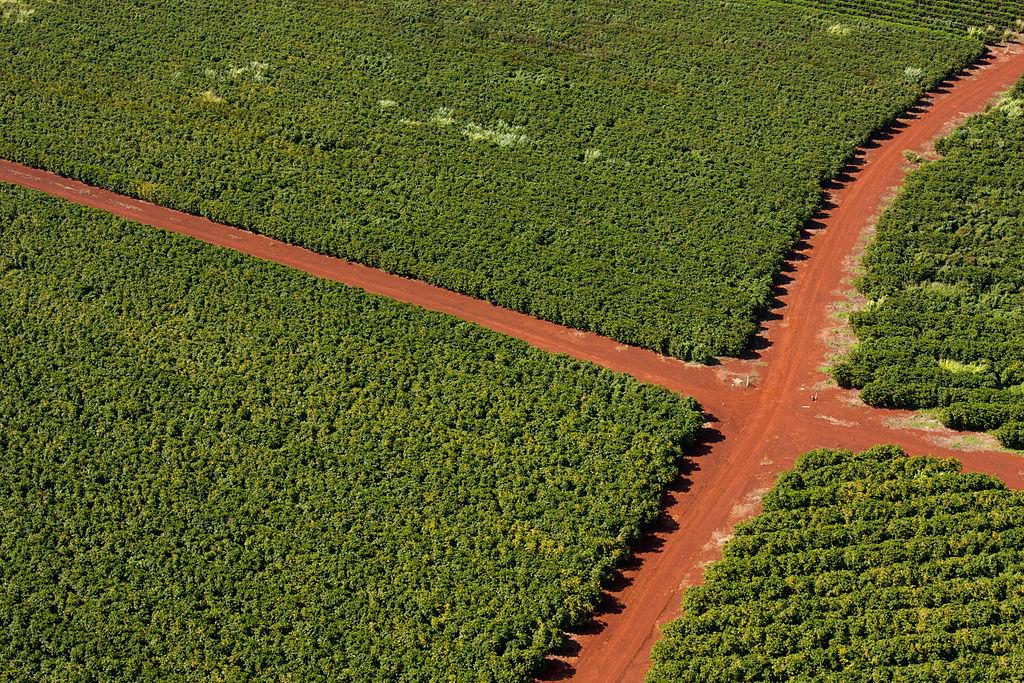
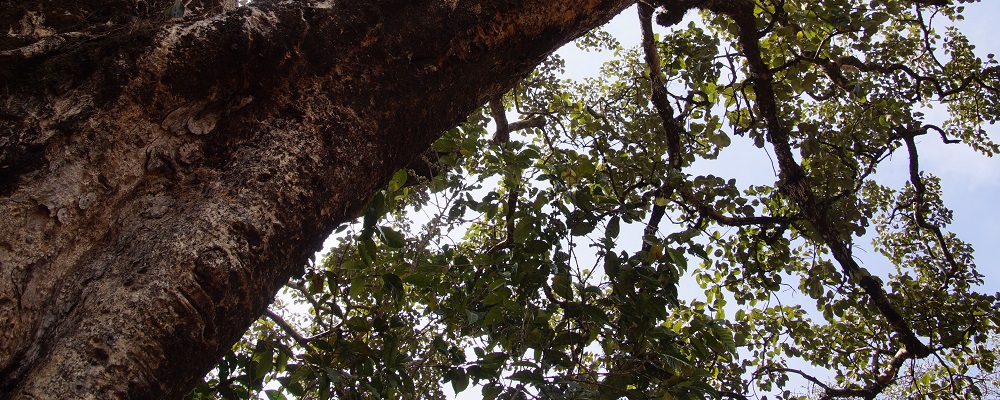
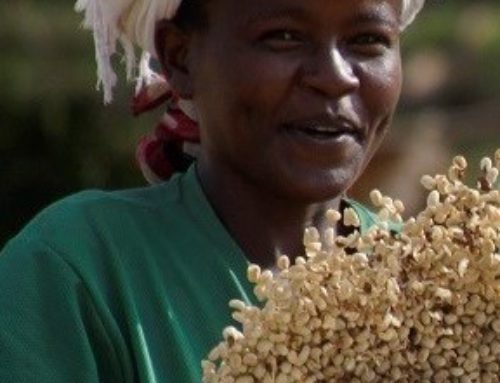

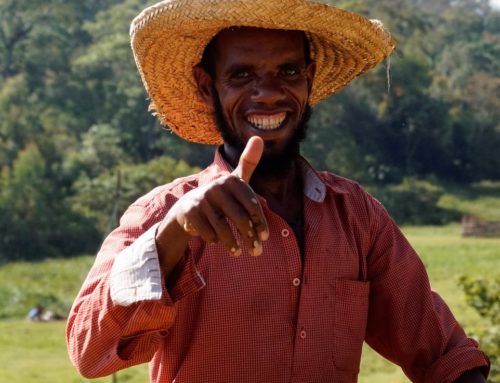
Leave A Comment